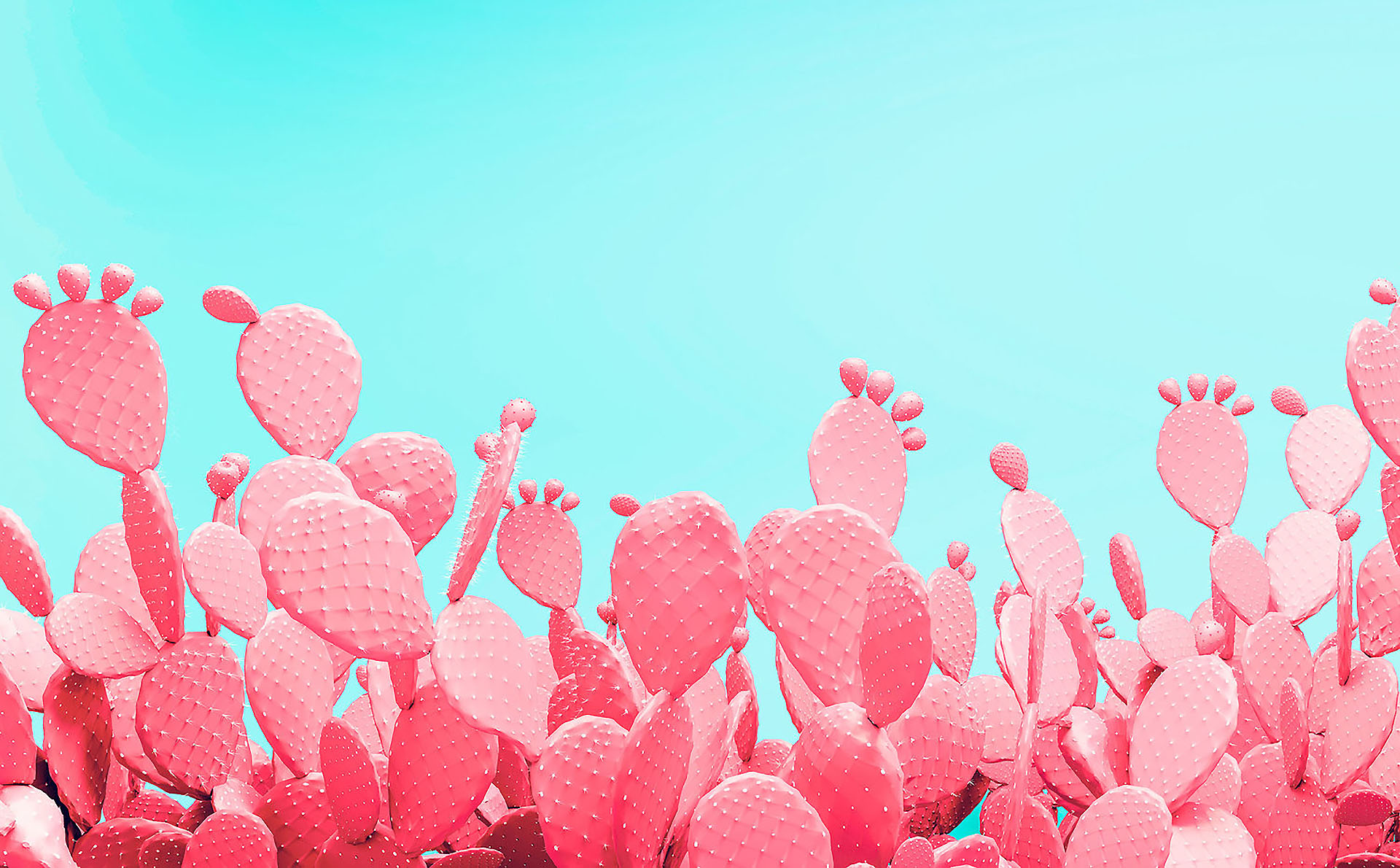Producıng Plastıc From Cactus Water
One of the most important steps taken with the increasing environmental sensitivity was the recycling of plastic as a raw material. The use of banana leaves as packaging in Thailand and Vietnam, self-extinguishing packaging material, bottles that disappear when the water runs out, and LEGO-like packaging material for re-use in different products illustrate efforts in this area. Sandra Pascoe, one of the scientists working hard to save the world, offers a striking solution to the problem with the natural plastic obtained from the water of the cactus leaves.
Sandra Pascoe set out to produce a natural plastic that we can replace the plastics we use today and succeeded. He has chosen the most common and edible cactus variety, nopal cactus, which is a very prickly pear cactus to make bioplastics. This product has an important place in Mexican cuisine and is a very useful food source..
Sandra Pascoe obtained the bioplastic material from the sugars (monosaccharides and polysaccharides) of nopal juice. Sugars, pectin and organic acids in cactus water make the material dense and resistant. Particularly known as viscosity makes it possible to produce a flexible yet robust material.
Can the Mexican cactus be a solution to the world’s biggest environmental problem, plastic waste? Sandra Pascoe, who works at Atemajac Valley University in Guadalajara, says this is possible. Mexican researcher Sandra Pascoe discovered a method that can be made of natural plastic from cactus water.
Prickly pear cactus is the symbol of Mexico. It is also located on the flag of the country. This product is said to be a solution to reduce plastic waste. Mexican researcher Sandra Pascoe produced packaging material from prickly pear cactus. This natural plastic can replace fossil fuel-based plastic cutlery, sachets and other disposable products in the future.
He combined cactus with non-toxic additives to produce different types of packaging materials. Pascoe says that their goal is to design disposable products and still continues packaging material testing.
Pascoe wants this bioplastic to be replaced by plastic in fossil fuel-based plastic cutlery, sachets and other disposable products. The material is biodegradable in 1 month when left in the soil and only a few days when it remains in water. Since it is not a toxic material, it does not harm nature and health. Harmless if mixed with drinking water and goes to people’s stomachs or swallowed by sea creatures.
There are currently 300 different types of nopal cactus in Mexico. Pascoe is currently investigating which is the most suitable type for producing bioplastics on an industrial scale. There is more time to compete with the plastic as you understand. By the end of the year, by obtaining the patent of his works, he wants to move to a larger scale production in 2020. According to United Nations figures, Latin America and Caribbean produce about 10 percent of waste worldwide.



